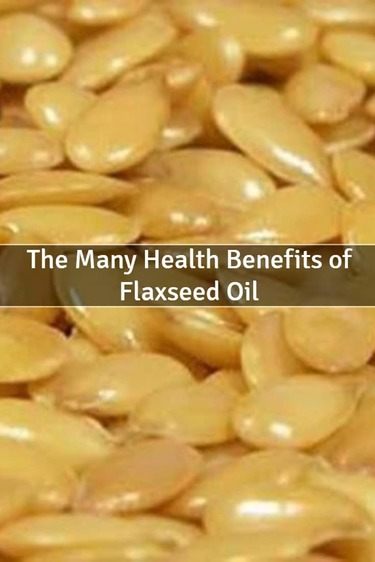Flaxseed Oil for Acne
 Flaxseed oil is the richest food source of alpha linolenic acid (ALA), comprising over 50% of this essential omega-3 dietary fat for health skin.
Flaxseed oil is the richest food source of alpha linolenic acid (ALA), comprising over 50% of this essential omega-3 dietary fat for health skin.
Unfortunately, ALA consumption has dropped significantly in modern times. By comparison, most people’s intake of omega-6 fats, like linoleic acid, has increased dramatically.
If you want to address skin problems like acne, dry and flaky skin, eczema and psoriasis. Or just have better skin in general, then flaxseed oil can help redress this imbalance.
Linoleic Acid and Skin Inflammation
Most of us, eating a modern Western diet, are consuming far more omega-6 fatty acids, like linoleic acid and arachidonic acid, compared to omega-3s, such as alpha linolenic acid, eicosapentaenoic acid (EPA) and docosahexaenoic acid (DHA).
The problem with this is that linoleic acid and other omega-6 fats can create an overabundance of inflammatory series 2 prostaglandins when consumed in excess. These prostaglandins are implicated in a wide variety of diseases of inflammation throughout our bodies.
Specifically for skin problems like acne, eczema and psoriasis, eating too much omega-6 fat is often considered a factor in outbreaks for many sufferers.
With high linoleic acid vegetable oils being added to an increasing percentage of processed supermarket foods in recent years, it is becoming more and more difficult to avoid getting high levels of omega-6 fatty acids in your diet.
Better Skin with Flax Oil
Omega-3 fats, on the other hand, are used to create series 3 prostaglandins, which have an anti-inflammatory effect on the body, including the skin.
Many people report significant improvements in a variety of skin problems when they increase their intake of omega-3 fatty acids and even apply them topically.
Alpha linolenic acid from flax oil is the parent omega-3 fatty acid and can be converted to both EPA and DHA.
While ALA has many beneficial properties for the skin in its own right, it is EPA and DHA that are needed for the creation of anti-inflammatory prostaglandins.
Since their conversion from ALA is not considered to be that effective (particularly for men regarding DHA), a high EPA/DHA fish oil like this one I use may be a better choice for reducing skin problems caused by inflammation.
Acne problems and skin redness and flakiness are also often reported as greatly improved by increasing dietary intake of a good source of omega-3s, like this popular organic flax oil.
Flaxseed Oil Dosage for Acne and Skin Problems
Regarding flax oil dosage for acne, facial redness and flaky skin, at least 2 grams or more a day, preferably 8 to 10 grams, split between breakfast and dinner, is a recommended dose for better facial skin.
It is best to start slowly, perhaps with 1 gram in the morning and 1 gram in the evening for a week. In the following weeks you could double this amount and see how it is tolerated.
Continue doing this until you start to see improvement by the end of the week for that particular dose. For many people this will be around 8 to 10 grams per day.
If you do wish to go beyond there, switch back to adding an extra 1 or 2 grams per week, rather than doubling your dosage. Your skin may just need a little more time to respond.
Occasionally, a initial detoxification effect is experienced, where symptoms are temporarily worsened.
In cases like this it would be best to cut the dosage back to a half, or even a quarter, and gradually increase the amount taken over coming weeks as your body’s tolerance level increases.
Even the best quality flaxseed oil, like this one I get, is usually cheaper than fish oil and has many other beneficial properties.
Even with its lower conversion to EPA and DHA, flax oil is still an excellent dietary supplement for those looking to improve their skin and treat inflammation problems like acne.
Even better, you could take both fresh flaxseed oil and a high-quality fish oil daily to really boost your omega-3 and feed healthy skin cells.
Next is a look at using flax oil for dry skin, both taken internally and applied topically as an evening moisturizer. This is also an even quicker way to combat acne with flaxseed oil.
 Tired All the Time and Low on Energy? | Alpha GPC Supports Cognitive Function, Memory, Motivation, Stamina and Strength | USA Made, Third-Party Tested. Lowest Price
Tired All the Time and Low on Energy? | Alpha GPC Supports Cognitive Function, Memory, Motivation, Stamina and Strength | USA Made, Third-Party Tested. Lowest Price
As an Amazon Associate I may earn from qualifying purchases at no cost to the consumer | Information presented here is for educational purposes only. The content is not intended to be a substitute for professional advice. Statements made have not been evaluated by the FDA and are not intended to diagnose, cure, treat or prevent any condition. Consult your GP before making dietary changes or taking supplements.




